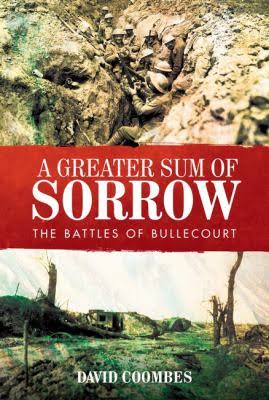Several years ago, if you wanted the detailed story of any of Australia’s major battles on the Western Front in the First World War, the Official History was your only option. With the centenary of that war we are now approaching the situation where the story of any of those battles is told in a single dedicated volume.
There were two battles of Bullecourt in April and May 1917. The first, though it penetrated part of the Hindenburg Line, was an expensive disaster. The second, part of the Arras offensive, was more successful.
Bullecourt, more than any other battle, shook the confidence of Australian soldiers in the capacity of the British (and indeed the Australian) command; the errors, especially on April 10th and 11th, were obvious to almost anyone. How could the 4th Brigade (3000 strong) sustain 2339 casualties at First Bullecourt?
There are now four books devoted entirely to Bullecourt’s battles and Coombes’ is the most recent and the best of the bunch. [The other three are Paul Kendall, Bullecourt 1917: Breaching the Hindenburg Line, Stroud England: Spellmount, 2010; Jonathan Walker, The Blood Tub: General Gough and the Battle of Bullecourt, 1917, Staplehurst, Kent: Spellmount, 2000 and Graham Keech, Arras: Bullecourt, London: Leo Cooper, 1999; the last is a battlefield guide.] It covers both the operational and tactical levels of the battles, with much material from personal accounts. It is dispassionately critical of the planning of General Gough, Lieutenant General Birdwood and Major General White. It examines the performance of tanks in detail and dissects the role of artillery support – or lack of it – in each battle.
It is said that the allied armies learnt much in conducting an all-arms battle during the war. It is a sad truth that this understanding was very far from complete in mid-1917.
Reviewed for RUSIV by Mike O’Brien, October 2016

Hardback RRP: $34.99
Contact Royal United Services Institute about this article.






